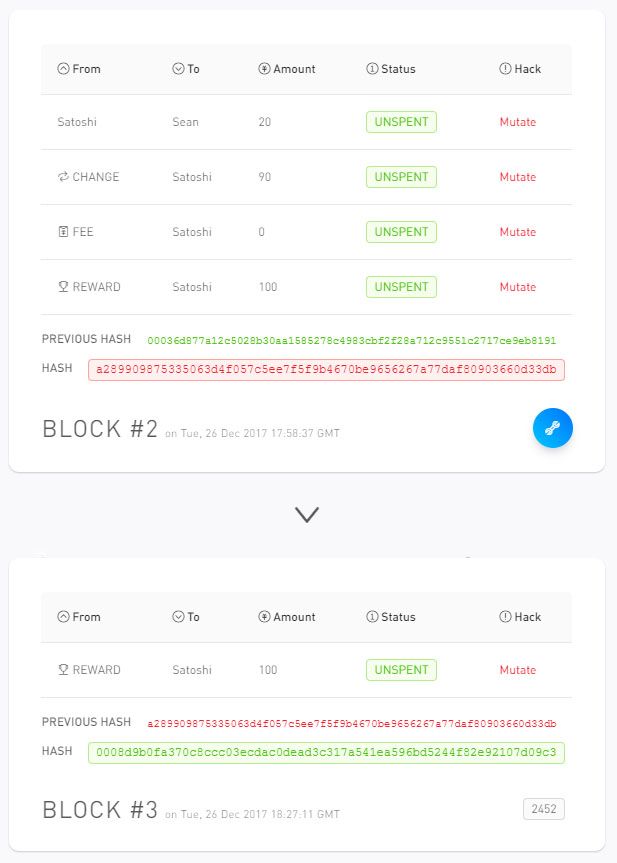Many times we talk about bitcoin and blockchain mining (especially related terms), we have even defined both. However, everything is still very abstract: these are terms that are very difficult to understand if we do not put them into practice. And the key is to put them into practice if we really want to understand them.
That’s why someone has developed software that simulates exactly what’s behind these concepts. It is not necessary for the functioning of Bitcoin and the rest of crypto, but it is never too much to know how it works to know in the degree of certainty that this system that is behind the cryptocurrencies.
The blockchain is what makes Bitcoin so safe for those who don’t know it yet. It is basically a book in which the calculations on each sheet depend on the results of the previous sheet; if one sheet fails, all subsequent sheets fail, making it impossible to fool the system, although we know that there is not a single book, but thousands (probably tens of thousands or hundreds of thousands). We have already spoken at length about this term:
What is Blockchain, the heart of Bitcoin?
And mining, a term that, as we said, is closely related to blockchain (we have also discussed mining in depth in the same article above), is basically the action of filling in this book, in exchange for the Bitcoin monetary units they give you what is called mining. Everything is really a little more complex, but essentially it is.
A simulator to know how the blockchain works
The simulator is a simple website, but everything is very well thought out. Profiles can be created, to each of which a wallet is assigned and which can be dismantled. Every time someone successfully builds mines (for which you need a powerful computer), you get a reward (in this case 100 coins; in reality 12.5 BTC).
Minar writes this book in practice, as I said. And that’s exactly what we’re gonna do. Let’s dismantle the first block of all and make a transfer from the first profile (Satoshi, who would be the creator of Bitcoin) to the second profile that appears in the application. To do this, we use the box on the right: we select the quantity, the user to whom we send it, and the background from which we extract it.
As we will see, the money will still be in Satoshi’s wallet, as the transfer has not yet been made. What we need to do now is to include this transfer in the spreadsheet, which then takes effect.
It does not matter whether the next block is removed by Satoshi, the second user or another user, only that it is the first one to include the transmission in the block. And exactly this user receives the bonus for the task. Let’s see it graphically: In this case, I asked Satoshi to send 10 coins to Sean (the second user).
And it was Satoshi himself who won the fight for me. Therefore, several things are observed in the Satoshi block: the transfer from Satoshi to Sean, the exchange of 100 coins from Satoshi to Sean to 90, the commissions (which in this case are voluntarily 0) and the “price” of another 100 coins for cooperation in the maintenance of the system.
And, when you look, each mined block depends on the previous hash (the result of the encryption). If you change a transaction deliberately, all subsequent blocks are incorrect because the hash used is incorrect. Directly this book would be thrown out of the system and the rest of the thousands of books, which are well written and, above all, coordinated, would continue to be used.
